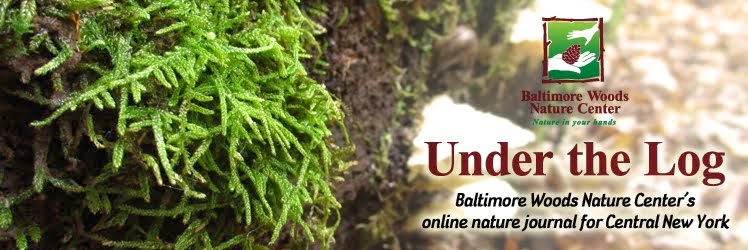In Search of the
(Real) Turkeys
In middle school, our strict British-born social studies
teacher seemed to have no trouble finding the turkeys in the classroom. If
anyone dared give a sub-standard answer to one of her questions we would
immediately get pegged with an eraser or piece of chalk, whichever she could
grab first. While attempting to dodge the chosen object, we would hear a
thickly-accented voice booming, “You turkey! No! You know better than that!”
The point here is not the questionable teaching practices of
Mrs. Davis (not her real name), obviously what we are all wondering now is how
difficult it is to find a REAL turkey. We were sitting ducks, I mean sitting
turkeys. Children actually. She must have been very confused. Where would Mrs.
Davis, or anyone, go to find the real turkeys?
Domestic vs. Wild
Turkeys
I’m not going to make this easy – a turkey farm is not an
option. Domestic turkeys have been bred for captivity. They are twice the
weight of wild turkeys, cannot fly, and can barely run – they can almost walk fast. In contrast, wild
turkeys can run at speeds up to 25 mph, and can fly up to 55 mph. Wild male
turkeys are notably quieter than their domestic counterparts, having learned
that making too much noise is pretty much ringing the dinner bell for any
nearby coyote, fox, or human hunter. Survival instincts are generally stronger
in wild turkeys; I once heard about a domestic turkey named Einstein whose
companions all drowned in two inches of water in a toddler’s pool. Clearly,
Mrs. Davis MUST have been referring to the domestic turkey when she called us
out for a response lacking in intelligence.
The best places to find wild turkeys are where they are finding
food. This time of year, an excellent place to look is in forests where acorns,
beech nuts or hickory nuts are abundant. The edges along such a forest are also
a good bet, as are farm fields where wild turkeys are busy gleaning seeds. At
Baltimore Woods, wild turkeys are often found at Peanut Hill (ask a camper or
at the front desk how to get there), or in the farm fields on the Boundary
Trail. Turkeys are early risers and do most of their feeding from dawn until
mid-morning, though they can also be found feeding in the afternoons. In
between feedings and at night, turkeys will roost up in trees. You may need to
look up!
Turkey traces
Miss the early feeding session? Look for turkey tracks, with
their three long pronounced toes and a possible dot or line where there is
evidence of the tiny fourth toe behind the heel (the track is 3-4 in. long).
Turkeys seasonally will feed in the same areas so if you see the track one day,
check back during feeding time the next day.
Other than tracks, you may find evidence of the wild turkey
in fall leaf litter. Have you heard of the turkey trot? No, it’s not the latest
dance craze. Turkeys scratch through the leaf litter looking for insects or
seeds, scratching once with one foot, twice with the other, and once again with
the first. If you find areas of leaves where light digging was clearly present,
a turkey could easily have been the culprit.
Calling all turkeys!
Finally, you could try to listen for turkeys or even give
them a (turkey) call. Wild turkeys have a fairly complex system of vocalizations
including (but not limited to) clucks, gobbles, cackles, yelps, purrs, putts,
kee kees, and whispers. (All of these from animals that have parts of their
body with Seussian names like snood, wattle, and caruncles!) Anyways, each of
these calls have a purpose such as attracting a mate, calling the flock
together, or setting off the alarm for a predator. Here’s some great sites to
listen to and learn about turkey vocalizations:
Or, here’s an idea, make your own turkey caller! This is an
easy, fun family project that requires only a couple items you probably have in
your home already. Our own suitably named Tom (Meier) will show you how.
For added fun, do the turkey trot while trying them out. Get
a bunch of people together and pretend to be a flock of wild turkeys. Just
watch out for Mrs. Davis.
CAUTION: Please
be safe in the woods during hunting season. If looking for turkeys, do not wear
red, white, blue (the colors of the male turkeys’ neck and head when courting
or aggressive), or dark colors.
Blog post by Julia Maum
Blog post by Julia Maum






